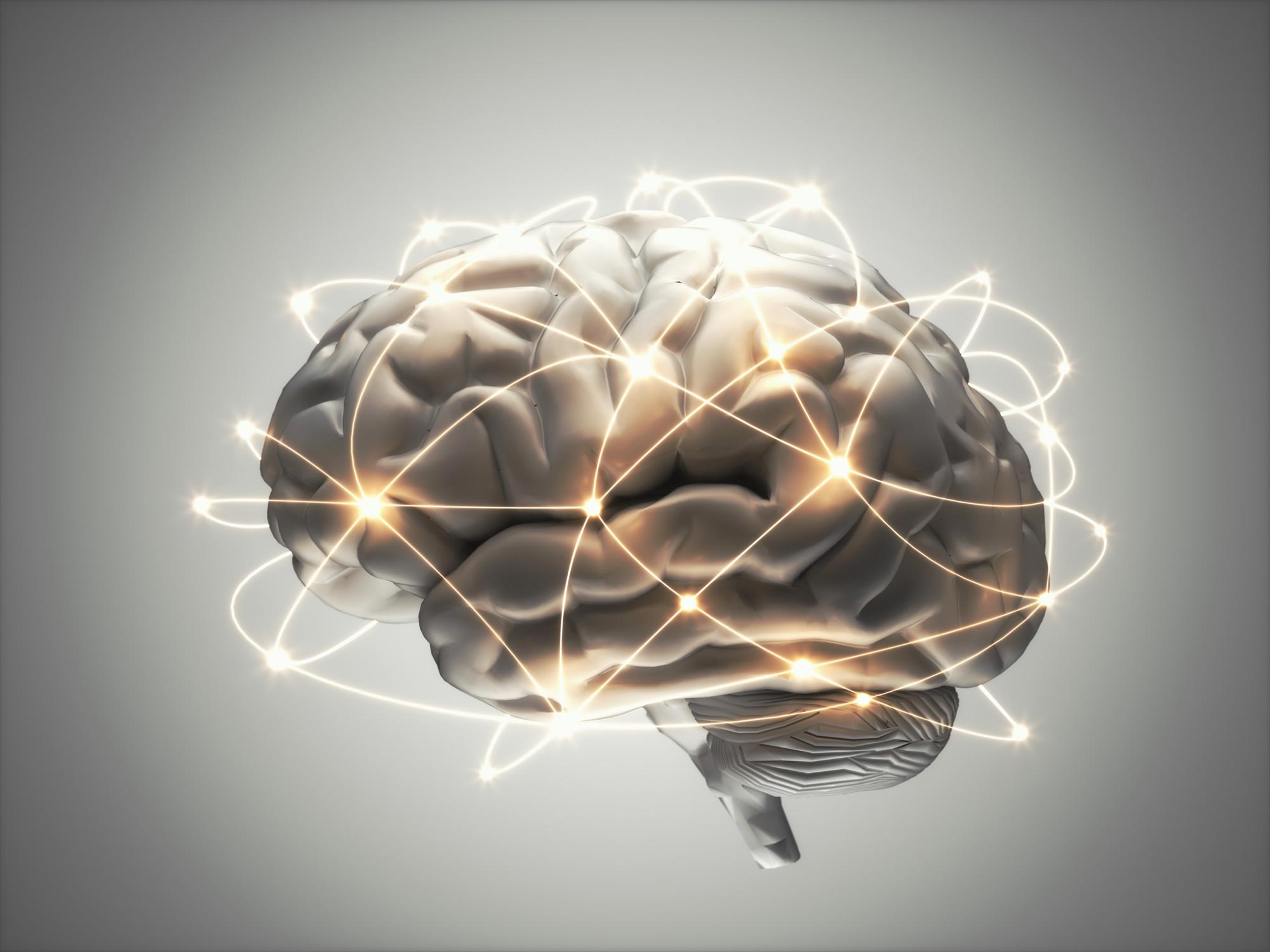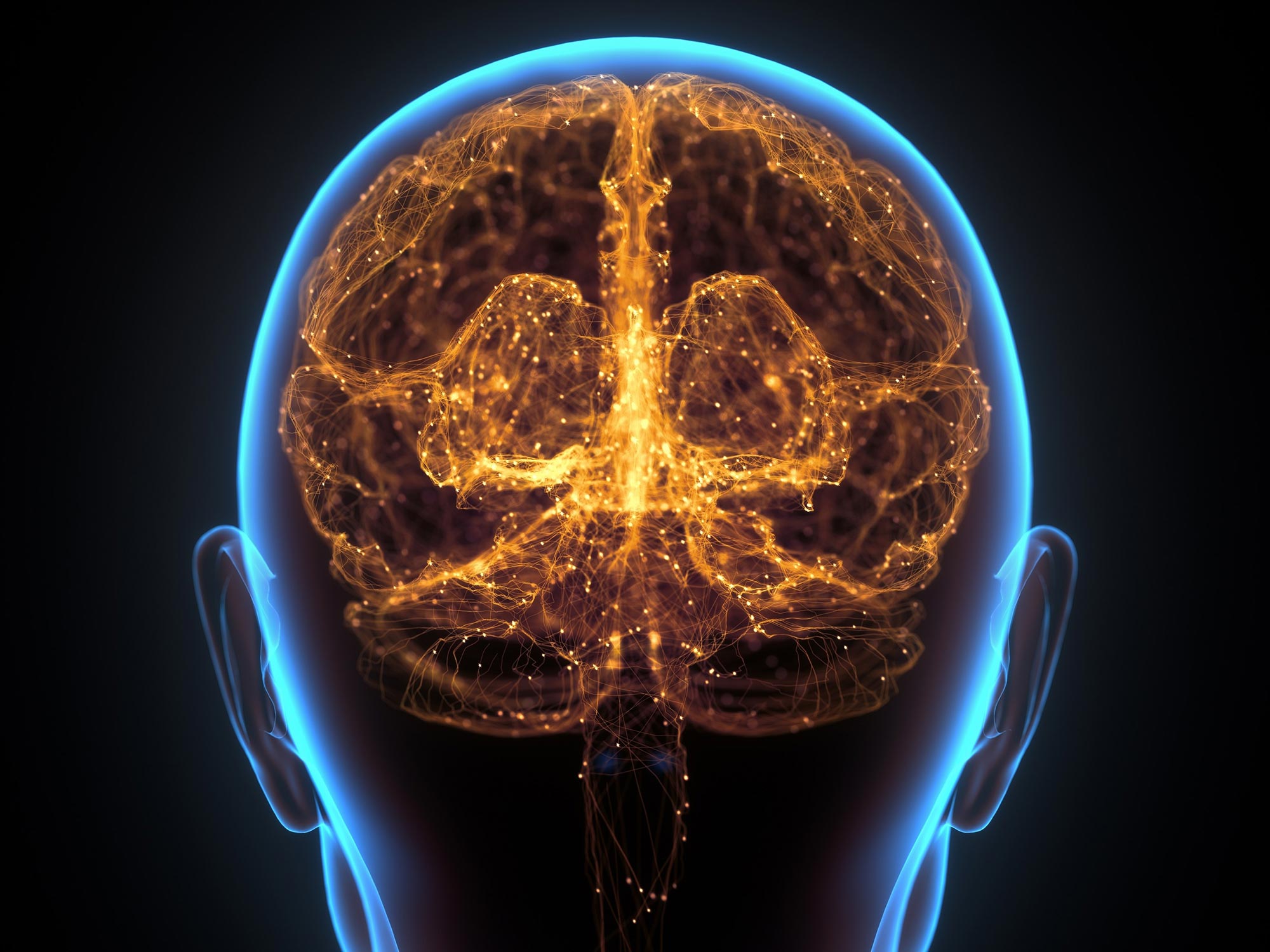Une nouvelle étude propose une hypothèse appelée « couplage électrique cellulaire », arguant que les champs électriques cérébraux, générés par l’activité du réseau neuronal, peuvent influencer la configuration physique des composants sous-cellulaires des neurones pour améliorer la stabilité et l’efficacité du réseau. La recherche, menée par des scientifiques du MIT, de la City University de Londres et de l’Université Johns Hopkins, s’appuie sur des études antérieures qui ont montré comment l’activité électrique rythmique, ou « ondes cérébrales », peut se coordonner dans les réseaux de neurones et influencer les champs électriques au niveau moléculaire et s’ajuster la fonction cérébrale et facilitent la cognition flexible.
Les ondes cérébrales agissent comme des vecteurs d’informations. Une hypothèse d’«électrocouplage cellulaire» récemment proposée suggère que ces champs électriques oscillants contribuent à améliorer l’efficacité et la force du réseau cérébral. Ils le font en influençant la configuration physique du cadre moléculaire du cerveau.
Afin de mener à bien ses multiples fonctions, dont la pensée, le cerveau travaille à différents niveaux. Des informations telles que des cibles ou des visualisations sont capturées grâce à une activité électrique synchronisée entre les réseaux de neurones. Dans le même temps, une foule de protéines et d’autres substances biochimiques à l’intérieur et autour de chaque neurone exécutent les mécanismes nécessaires pour participer à ces réseaux.
Un nouvel article de chercheurs du MIT, de la City University of London et de l’Université Johns Hopkins postule que les champs électriques du réseau influencent la configuration physique des composants sous-cellulaires des neurones pour améliorer la stabilité et l’efficacité du réseau, une hypothèse que les auteurs appellent « cytoélectrique ». couplage. »

Cast Earl K. Miller donnant une conférence sur ses travaux récents à l’Institut Picquer pour l’apprentissage et la mémoire. Crédit : Institut Picower du MIT
Earl K. a dit : Miller, professeur Picower au Picower Institute for Learning and Memory de l’Université du Michigan[{ » attribute= » »>MIT, who co-authored the paper in Progress in Neurobiology with Associate Professor Dimitris Pinotsis of MIT and City —University of London, and Professor Gene Fridman of Johns Hopkins.
“The brain adapts to a changing world,” Pinotsis said. “Its proteins and molecules change too. They can have electric charges and need to catch up with neurons that process, store, and transmit information using electric signals. Interacting with the neurons’ electric fields seems necessary.”
Thinking in fields
A major focus of Miller’s lab is studying how higher-level cognitive functions such as working memory can rapidly, flexibly, and yet reliably emerge from the activity of millions of individual neurons. Neurons are capable of dynamically forming circuits by creating and removing connections, called synapses, as well as strengthening or weakening those junctions. But, that merely forms a “roadmap” around which information could flow, Miller said.
The specific neural circuits that collectively represent one thought or another, Miller has found, are coordinated by rhythmic activity, more colloquially known as “brain waves” of different frequencies.
Fast “gamma” rhythms help transmit images from our vision (e.g. a muffin), while slower “beta” waves might carry our deeper thoughts about that image, (e.g. “too many calories”). Properly timed, bursts of these waves can carry predictions, enable writing in, holding onto, and reading out information in working memory, Miller’s lab has shown.
They break down when working memory does, too. The lab has reported evidence that the brain might distinctly manipulate rhythms in specific physical locations to further organize neurons for flexible cognition, a concept called “Spatial Computing.”
Other recent work from the lab has shown that while the participation of individual neurons within networks may be fickle and unreliable, the information carried by the networks they are part of is stably represented by the overall electric fields generated by their collective activity.
Cytoelectric coupling
In the new study, the authors combine this model of rhythmic electrical activity coordinating neural networks with other lines of evidence that electrical fields can influence neurons at the molecular level.
Researchers, for example, have studied ephaptic coupling, in which neurons influence each other’s electrical properties via the proximity of their membranes, rather than solely relying on electrochemical exchanges across synapses. This electrical cross-talk can affect neural functions including when and whether they spike to relay electrical signals to other neurons in a circuit.
Miller, Pinotsis, and Fridman also cite research showing other electrical influences on cells and their components including how neural development is guided by fields and that microtubules can be aligned by them.
If the brain carries information in electric fields and those electric fields are capable of configuring neurons and other elements in the brain that form a network, then the brain is likely to use this capability. The brain can use fields to ensure the network does what it is supposed to do, the authors suggest.
To put it (loosely) in couch potato terms, the success of a television network isn’t just its ability to transmit a clear signal to millions of homes. What’s also important is the details as fine as the way each viewer household arranges its TV, sound system, and living room furniture to maximize the experience. Both in this metaphor and in the brain, Miller said, the presence of the network motivates the individual participants to configure their own infrastructure to participate optimally.
“Cytoelectric Coupling connects information at the meso‐ and macroscopic level down to the microscopic level of proteins that are the molecular basis of memory,” the authors wrote in the paper.
The article lays out the logic inspiring Cytoelectic Coupling. “We’re offering a hypothesis that anybody can test,” Miller said.
Reference: “Cytoelectric coupling: Electric fields sculpt neural activity and “tune” the brain’s infrastructure” by Dimitris A. Pinotsis, Gene Fridman and Earl K. Miller, 18 May 2023, Progress in Neurobiology.
DOI: 10.1016/j.pneurobio.2023.102465
The study was funded by the United Kingdom Research and Innovation (UKRI), the U.S. Office of Naval Research, The JPB Foundation, and The Picower Institute for Learning and Memory.

« Évangéliste généraliste de la bière. Pionnier du café depuis toujours. Défenseur certifié de Twitter. Internetaholic. Praticien du voyage. »






More Stories
L'étude a révélé que l'exposition à la lumière est associée à des capacités cognitives plus pointues.
Jeudi soir, SpaceX vise le lancement en 2024 de sa 33e fusée Cape.
Expliquer les six premières semaines de grossesse